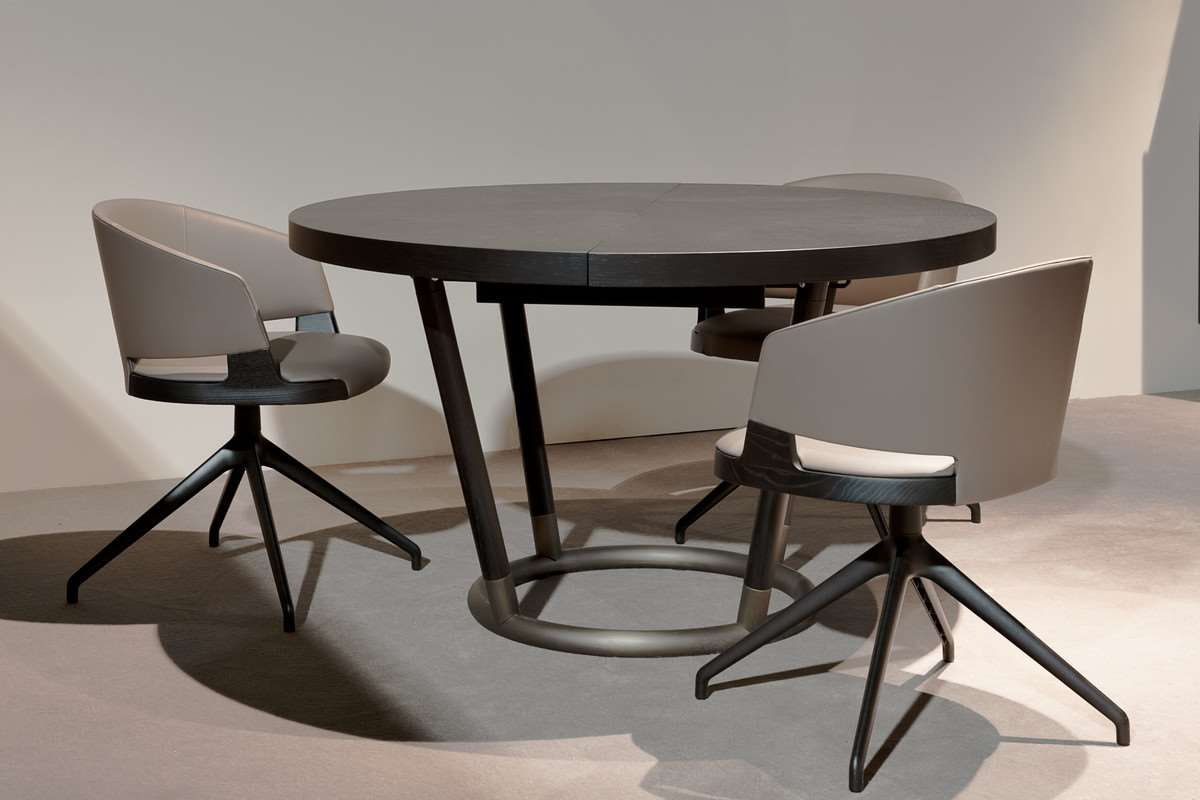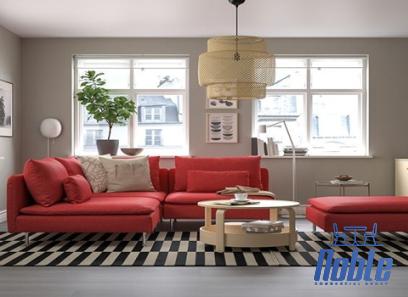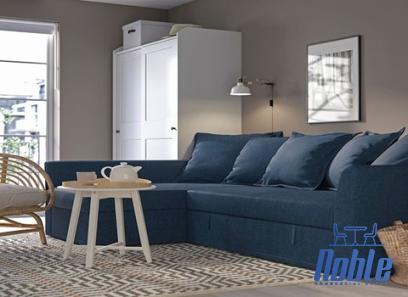How to Determine the Best round Dining Table Size, which is going to be produced as new version of 36 inch one, and how to calculate the price for Your Situation
Follow these guidelines to determine the right size dining set for your space and needs.
Get the most out of your dining room by choosing the right size dining set for your space, dining, and entertaining needs.
Whether your traditional dining room or designated dining area is in your kitchen or offbeat, choose a set that not only accommodates your family and frequent guests but also fits your space.
Getting the right size table and chairs for your room is easier said than done.
Many homes are open concepts and space can be deceiving.
Here are some guidelines for choosing the right set for your dining room and maintaining the balance of the room.
Select shape and size
The first thing to consider when choosing a dining set is the shape of the table.
Common shapes include round, square, and rectangular tables.
For balance, mimic the space with matching dining sets.
Square areas are perfect for round or square tables.
Rectangular areas are ideal for rectangular and elongated tables.
Regardless of the shape of your dining table, you should leave at least 3 feet of space between the edge of the table and any obstructions such as servers or walls.
This provides plenty of room for people to move around the table and to get in and out of seats.
On the other hand, if there are more than 6 feet between a wall or an obstacle and the table, it means that the set is too small.
Once you’ve decided on the right shape and size for your table, you can add a rug to further define your dining area.
Choose any style of rug to enhance your bedroom decor and visually distinguish your dining room from the rest of your home.
The size of the rug is determined by the size of your dining table.
A rug of at least 2 feet should be placed around the edge of the table to allow for the use of a chair and visual cohesion.
Style isn’t the only thing that matters when choosing a dining table, and size matters too.
The dimensions of a dining table depend on the space you are working with and the number of people you plan to have around the dining table.
Do you not know where to start? We have what you need! Here are some things to consider when choosing a dining table.
Six questions to ask when choosing a dining table size
Before buying a dining table, it is important to make sure that it meets your needs.
Here are six questions to ask yourself during this process.
How big is your dining room or kitchen area? Ideally, leave at least 3 feet of space on either side of the table so you can comfortably move chairs around and sit at the table.
Space should be reserved for serving food and drinking.
Start by measuring your dining or kitchen space before choosing a table.
Where does your dining table go? The location also influences your choice.
Dining tables for kitchen dining spaces rarely seat more than four to six people, but formal dining tables can easily seat eight, ten, twelve, or more people for dinner.
How many people live in your household? Even in a busy house, there are times when everyone wants to sit down at the table.
It goes without saying that a family of four needs at least a four-seater table.
But having extra space for guests is never a bad thing, so expand it if space allows.
How many guests do you tend to invite? Think about the size of your large family or group of friends, then choose your dining table size and seating accordingly, especially when choosing a table for a more formal dining room.
How often do you host large family gatherings or large sit-down meals? A dining table that can accommodate 4 to 6 people is sufficient for everyday use, but not for festive meals or large dinners with friends.
Requires more space. In many homes, it makes sense to have a small table for the daily family meal and a larger table in the formal dining room for larger events.
However, if your home only has one space dedicated to dining, it makes more sense to purchase a dining table with foliage that can accommodate more guests.
Do you have furniture like a sideboard that can be used to serve food? If not, choose a table large enough to accommodate all serving dishes and cutlery.
Choose the right shape for your dining table
Dining tables usually come in one of four shapes: round, square, oval, and rectangular.
Round tables tend to work best in tight spaces where only limited seating is needed.
Square tables are ideal for square rooms that require intimate seating.
Four seats around a square table are common.
Oval tables are suitable for small or narrow rooms and generally offer more seating than round or square tables.
Rectangular tables are ideal for long, narrow rooms (most dining rooms are rectangular) and offer more seating than any other shape.
Choose the right dimensions for your dining table.
Dining tables come in standardized sizes, and almost all measure between 28 and 30 inches in height.
However, the length and width may vary depending on the shape of the table.
Here are a few things to keep in mind:
Round dining table:
4-seater: 36 to 44 inches in diameter
For 4 to 6 people: 44 to 54 inches in diameter
6-8 seater: 54-72 inches in diameter
oval dining table:
For 4 to 6 people: minimum diameter 36 inches, length 56 inches
6-8 seats: minimum diameter 36 inches, length 72 inches
For 8 to 10 people: minimum diameter 36 inches, length 84 inches
Square dining table:
4-seater: 36 to 33 square inches
Rectangular dining table:
4-seater: 36 inches wide and 48 inches long
For 4 to 6 people: 36 inches wide by 60 inches long
6-8 seater: 36 inches wide and 78 inches long
If you tend to have fewer people around your table, consider square or small round tables to facilitate interaction and conversation during meals.
For large meals, a rectangular table can actually be more intimate than a large round or oval table where other diners may feel physically distant.
Note that oval and rectangular dining tables can have removable leaves that allow for more or less seating as needed.
And, of course, depending on your needs and the layout of your home, you may need more than one dining table.
A small casual table for the kitchen and a large spacious table for the formal dining room.
The dining room table is where the family gathers for evening meals and holidays.
It is important to be both stylish and comfortable for the whole family.










Your comment submitted.